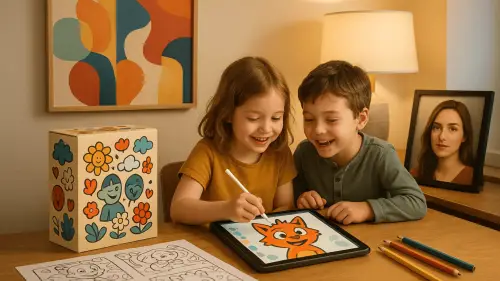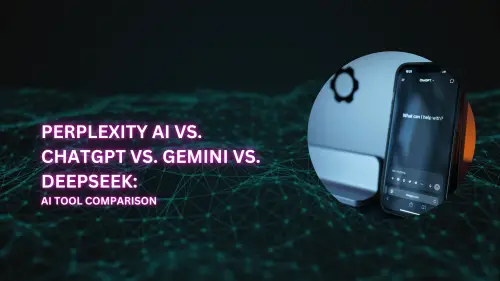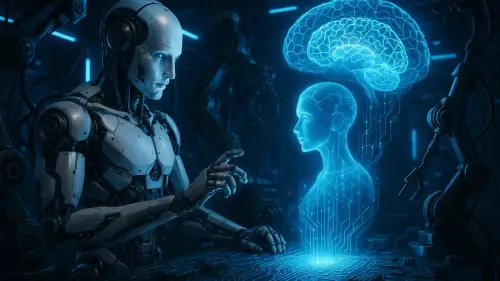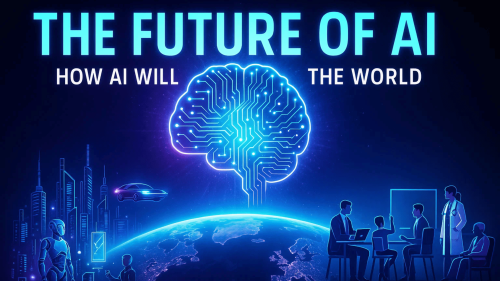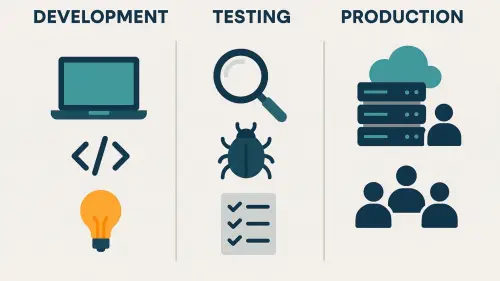When ChatGPT entered the world, it marked a cultural shift. People who had never written a line of code suddenly had access to powerful technology through natural conversation. Businesses, students, writers, and professionals began using it daily.
This shift didn’t just showcase what language models could do, it opened the door to widespread adoption of artificial intelligence in everyday life.
Why Robotics Needs Its ChatGPT Moment
Robotics, despite decades of innovation, has yet to see a similar moment. Robots are often confined to factories, labs, or carefully controlled environments. While they are capable of impressive feats, they remain out of reach for the average person.
For robotics to move from specialized industries into daily life, it needs a moment of clarity and accessibility similar to what ChatGPT created for language models.
The ChatGPT Effect: A Lesson for Robotics
ChatGPT became a household name not because it was the first language model but because it was the first one that felt approachable. People could open a browser, type a question, and immediately get useful results. That simplicity is what fueled mass adoption.
Some key takeaways from the ChatGPT effect:
- Accessibility: No complex setup, no technical background required.
- Scalability: From individual users to large corporations, it worked across different needs.
- Democratization: The technology became available to people outside research labs.
This combination created the perfect storm for global adoption. Robotics can learn from this playbook: it’s not just about how advanced the machines are, but how easily people can interact with them.
The Current State of Robotics
Robotics is already highly advanced in some areas. Industrial robots assemble cars, surgical robots assist doctors, and warehouse robots move goods efficiently. Yet outside of these specialized environments, most people rarely interact with robots.
Why is that?
- Cost: Quality robotics hardware is expensive to build and maintain.
- Complexity: Programming robots requires specialized knowledge.
- Trust: Safety and reliability concerns slow down adoption.
- Limited interaction: Most robots aren’t designed for intuitive, human-like communication.
This is similar to the state of artificial intelligence before language models went mainstream. The potential was huge, but the access was limited.
What a “ChatGPT Moment” for Robotics Could Look Like
For robotics, such a moment would involve removing barriers between humans and machines. It would mean creating a simple, natural way for anyone to interact with a robot, regardless of technical expertise.
Imagine:
- Voice-first interaction: Instead of programming, you give instructions in everyday language.
- Plug-and-play access: Robots that can be set up in minutes, not weeks.
- Adaptability: Robots learning tasks from demonstration or simple explanation.
- Widespread availability: Affordable systems that make sense for households, small businesses, and schools.
Such a shift would take robotics out of the realm of experts and into the lives of everyday users.
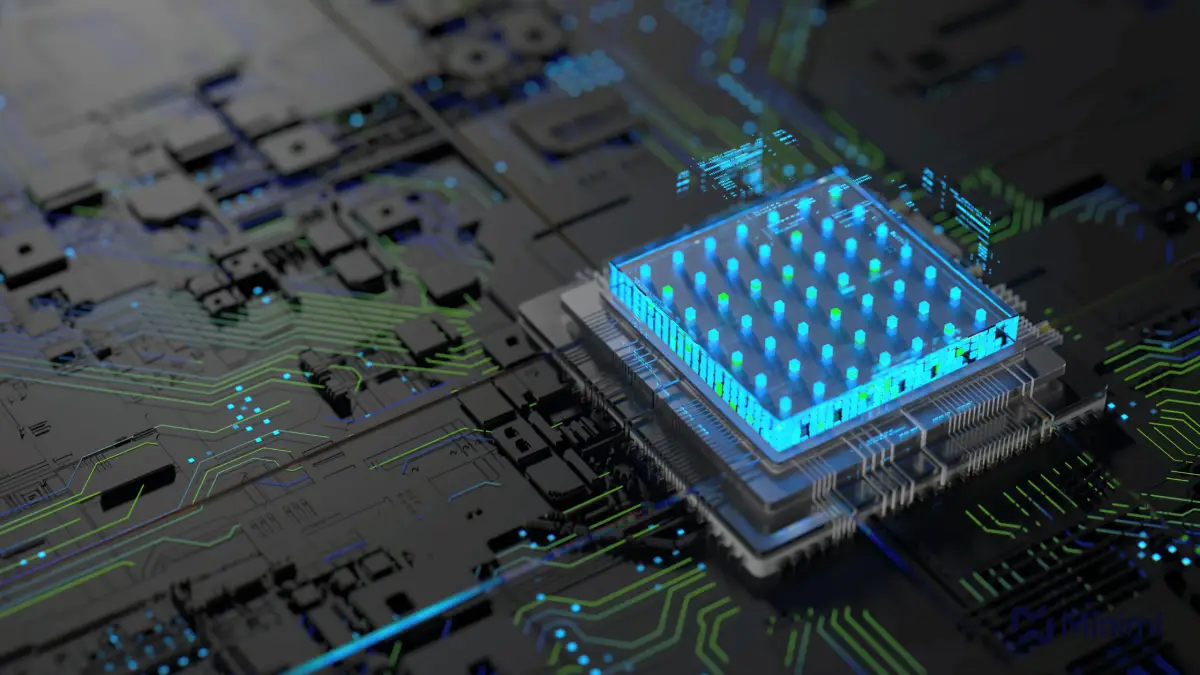
Barriers Holding Robotics Back
Even with these possibilities, robotics faces obstacles that prevent it from experiencing its breakthrough.
Technical Barriers
- Energy efficiency and battery life limit mobility.
- Dexterity and fine motor skills are still far behind human capability.
- Perception and navigation in complex, changing environments remain difficult.
Economic Barriers
- High production costs make robots inaccessible to most consumers.
- Lack of scalable distribution channels limits exposure.
User Experience Barriers
- Programming interfaces remain complex.
- Non-experts struggle to teach robots new tasks.
Trust and Regulation
- Safety remains a concern in homes and public spaces.
- Ethical and compliance frameworks are still developing.
Until these challenges are addressed, robotics will remain mostly confined to industrial and research settings.
How Large Language Models Can Accelerate Robotics
This is where language models could change the trajectory. By connecting natural language capabilities with physical robots, a new era of interaction can emerge.
Consider these scenarios:
- Healthcare: A nurse asking a robot to bring supplies without entering a single command.
- Retail: Shop assistants directing robots to restock shelves or guide customers.
- Manufacturing: Workers describing a task in plain English, and robots executing it safely.
- Education: Students learning robotics by speaking to machines instead of writing code.
Robotics powered by language models doesn’t just make robots smarter, it makes them approachable. This approach allows non-technical users to engage with robotics meaningfully.
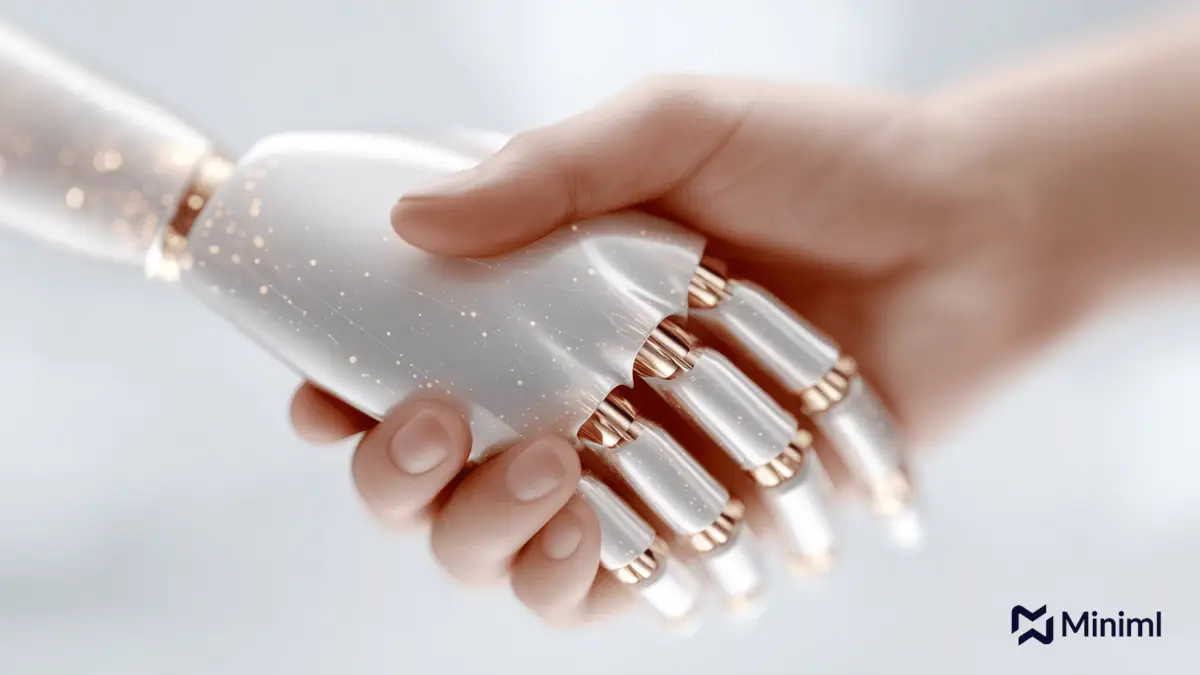
The Role of Consultancies in Driving Change
Businesses don’t need to wait for the “ChatGPT moment” of robotics to arrive fully formed. They can start preparing today.
Consultancies like Miniml play a key role in bridging the gap. By designing strategies that integrate large language models with robotic systems, organizations can prepare for the shift before it becomes mainstream.
Some ways businesses can benefit include:
- Workflow automation: Streamlining repetitive tasks with robotic assistance.
- Customer service support: Deploying robots in retail and hospitality guided by natural language.
- Data-driven robotics: Using machine learning to improve decision-making in real-time.
- Secure and ethical integration: Ensuring deployments comply with regulations and safety standards.
By preparing now, businesses can position themselves ahead of competitors when robotics adoption accelerates.
The Road Ahead: Predictions and Timelines
Robotics is currently where AI was just before ChatGPT hit the mainstream. The technology is impressive but not widely used outside specific industries.
We can expect:
- Short-term (1–3 years): Gradual integration of natural language models into existing robotics platforms.
- Mid-term (3–5 years): Household and small business robots become more practical and affordable.
- Long-term (5–10 years): Robots become everyday companions, assistants, and collaborators.
Healthcare, logistics, and education are likely to be the first sectors to feel the impact. Once accessibility improves, adoption will spread across industries and into homes.

Conclusion
Robotics has enormous potential, but without a moment of clarity and accessibility, it will remain a niche technology. The lesson from ChatGPT is simple: make the experience natural, simple, and useful, and adoption will follow.
The future of robotics will be shaped by this kind of breakthrough. When it arrives, the impact will be far-reaching, changing how we work, learn, and live.



